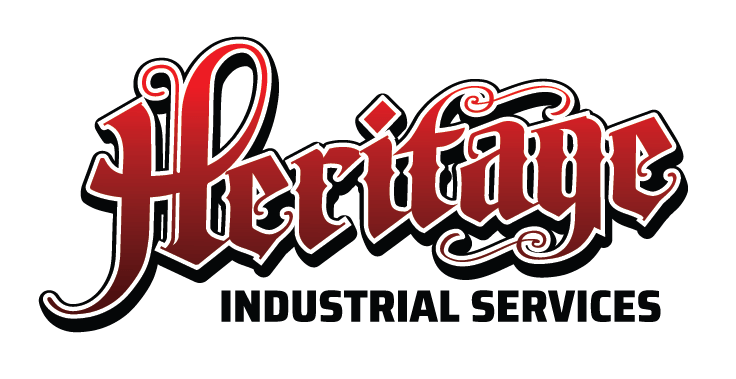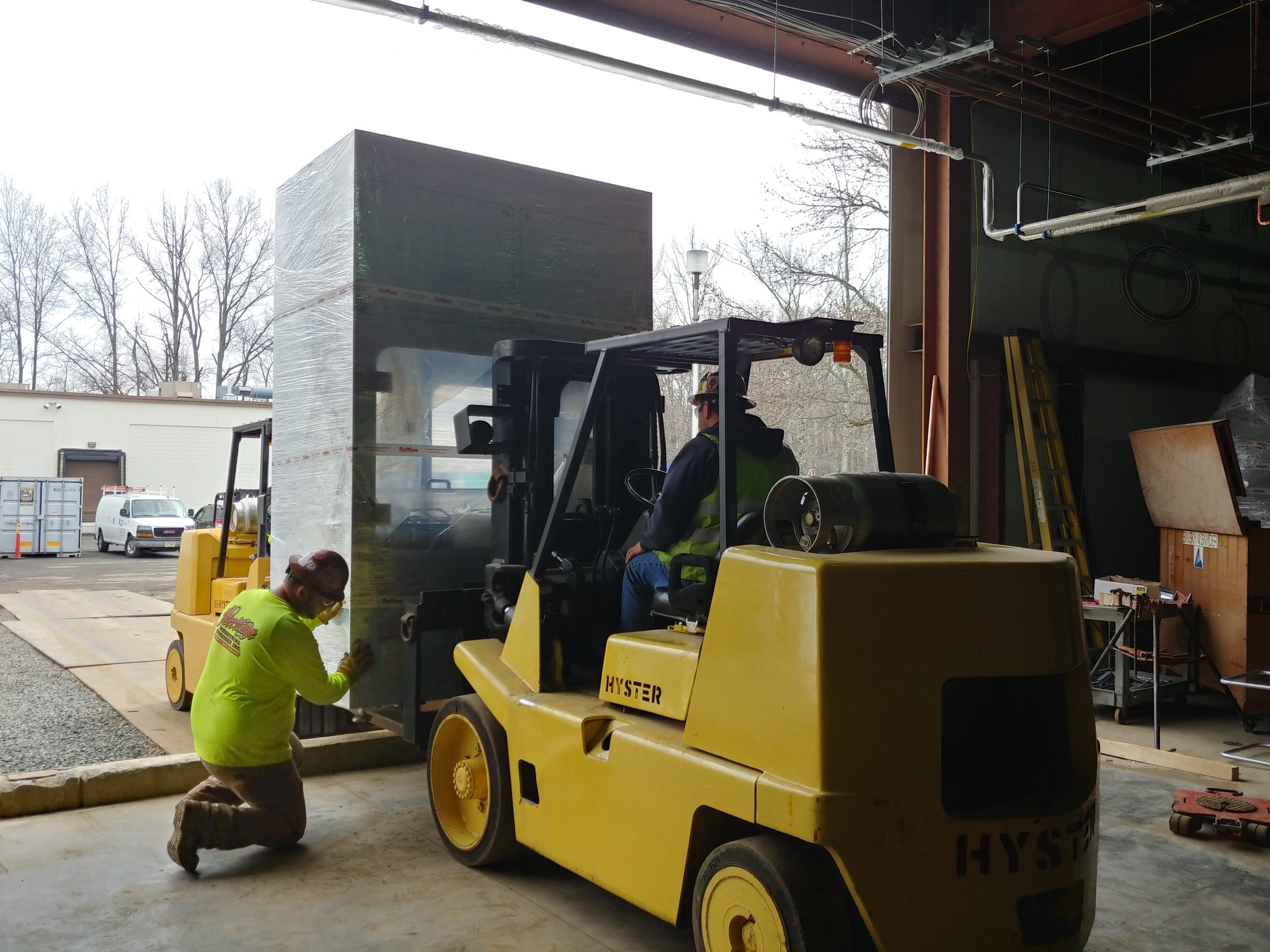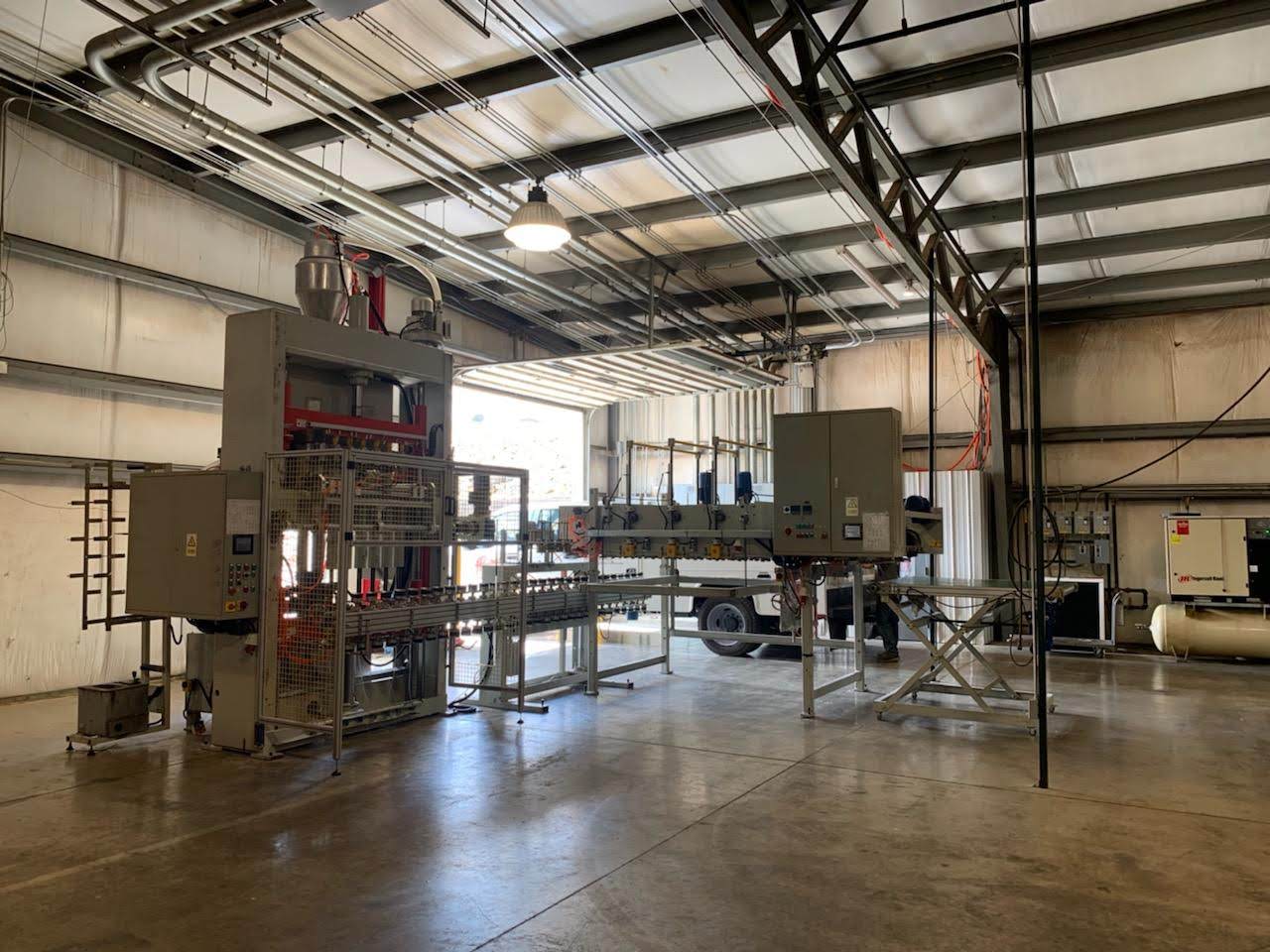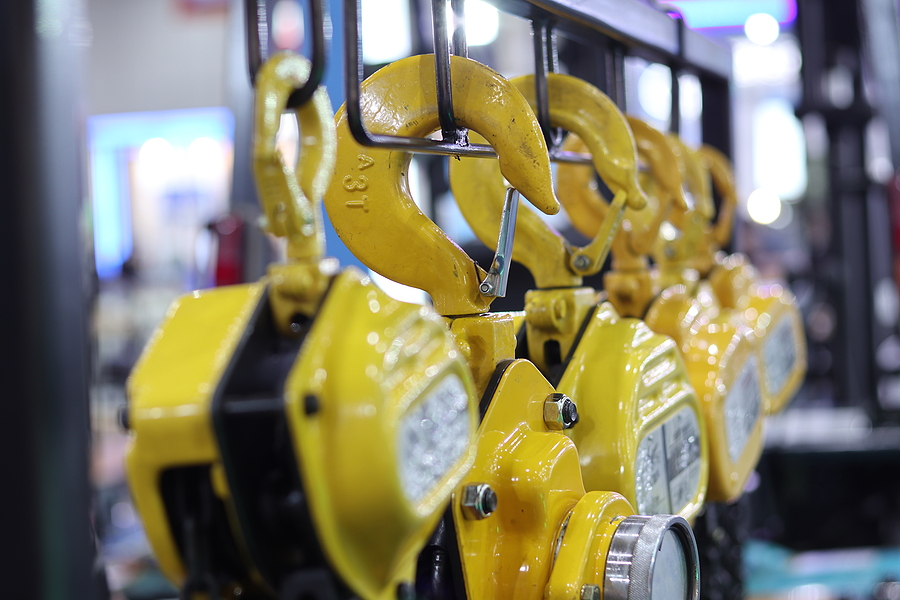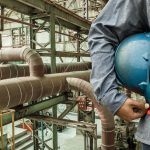The Benefits Of Hiring an Industrial Asset Recovery Firm
Industrial equipment is a big investment. When a piece of equipment becomes idle due to demolition, an industry shutdown or simply because it has outlived its usefulness, that doesn’t necessarily mean it is no longer an asset. Commercial and industrial facilities often have idle or surplus equipment taking up valuable space because they aren’t sure how to go about recouping that value. This is where asset recovery comes into play. The process of asset recovery converts idle or surplus equipment and machinery into working capital that can be reinvested in the business.
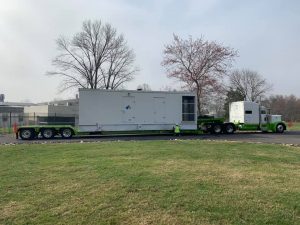
Asset Recovery Basics
Identification
The process of asset recovery begins with identifying all of a company’s idle or surplus equipment. In some cases, the business owner or manager may already know which equipment is no longer of use to them. Other times, especially in the case of demolition, they may not even realize all the assets they have.
Redeployment
Once all assets have been identified, the next step is to determine how to turn those assets into revenue. Redeployment of an idle asset within the facility removes the idle status and is one of the most cost-effective asset recovery solutions.
According to the Investment Recovery Association, there are seven options for idle/surplus industrial assets that can be turned into revenue:
- Reuse
- Recondition
- Return
- Resell
- Reclaim
- Recycle
- Remove
The first two options involve redeployment of the assets through the reuse or reconditioning of idle/surplus equipment.
Through investment recovery programs, a portion of this equipment can often be reused internally. The reuse of existing equipment preserves working capital and reduces the impact on the environment with fewer pieces of equipment ending up in landfills.
Reconditioning individual components of industrial or commercial equipment such as instrumentations, valves, pumps, and motors to be used as back up is more cost effective than purchasing new components. Having these parts readily available can also reduce costly downtime.
Divestment
If reconditioning or reuse isn’t an option, divestment is the next step. There are five options provided by the Investment Recovery Association for divestment. The first two involve either returning or reselling unwanted equipment or inventory.
In many cases, new, unused equipment, spare parts or materials can be returned to the supplier for cash or credit toward future purchases. There is also the option to resell used equipment and excess inventory and the markets for this are becoming more prevalent. Both of these options reduce losses and increase revenue.
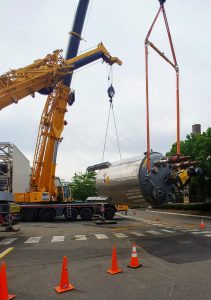
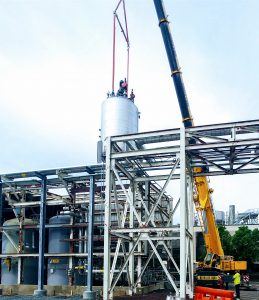
While some equipment or the solvents or chemical used to operate them may not be appropriate for return or resale, they may be able to be reclaimed or recycled. Precious metals, lubricants, quench oils and other chemicals can be recovered from idle equipment to be recycled. By converting these into reusable products natural resources are preserved and disposal costs are reduced, generating additional revenue.
The final option for divestment is removal. If the only option is to dispose of idle or excess equipment, then the space it inhabited can be used in a more productive way. Removal may also lower the tax base which increases returns on capital.
Benefits of Professional Asset Recovery
Unless you already have experience in the asset recovery process, it can be a daunting task that will take valuable time away from other critical business responsibilities. Leveraging the knowledge and experience of a professional asset recovery firm to handle each phase of the process and help you make the most of your unwanted industrial equipment.
Professional asset recovery specialists have extensive experience and are able to identify all possible assets and accurately assess their value. They work with a network of industry buyers and sellers and understand present-day demand in various industries. Asset recovery specialists will know where the demand exists as well as which platforms to use to reach the correct market for each type of equipment.
Whether assets are redeployed, sold, recycled or scrapped, they still need to be moved. Because industrial equipment is typically large and heavy, moving it is not a job for the inexperienced. To deliver equipment safely to a new location, professional rigging or industrial dismantling is necessary.
Industrial Asset Recovery with Heritage
Heritage Industrial Services brings over 90 years of combined experience to the table. We are a proud member of the Investment Recovery Association, the professional organization of surplus/idle assets managers and related suppliers and providers. Heritage has a wide range of experience working with every aspect of industrial equipment. Thru our expertise and partnerships, we provide expert valuation and asset appraisal services. These qualifications result in providing clients with the highest possible recovery value for idle or surplus equipment.
Our team can expertly handle your asset recovery project to boost your bottom line or offset demolition or shutdown expenses. Using a variety of platforms from private sales to live webcast auctions, we consistently provide our clients with the highest possible recovery value for idle or surplus equipment. Contact us today to discuss your asset recovery project.
